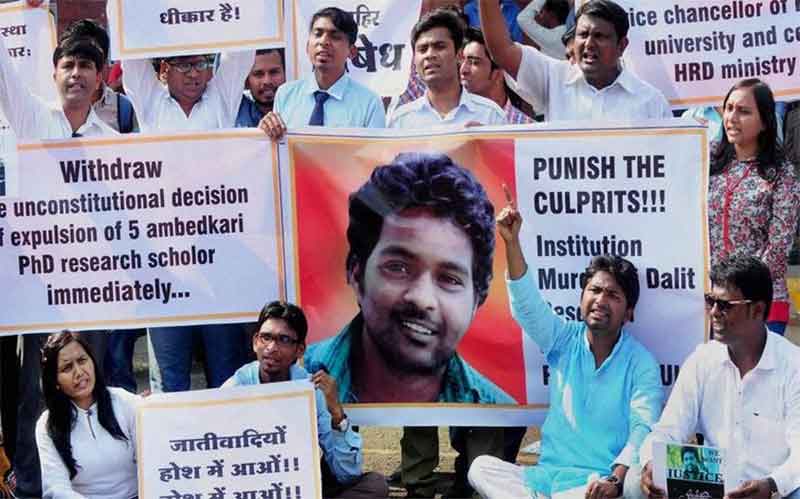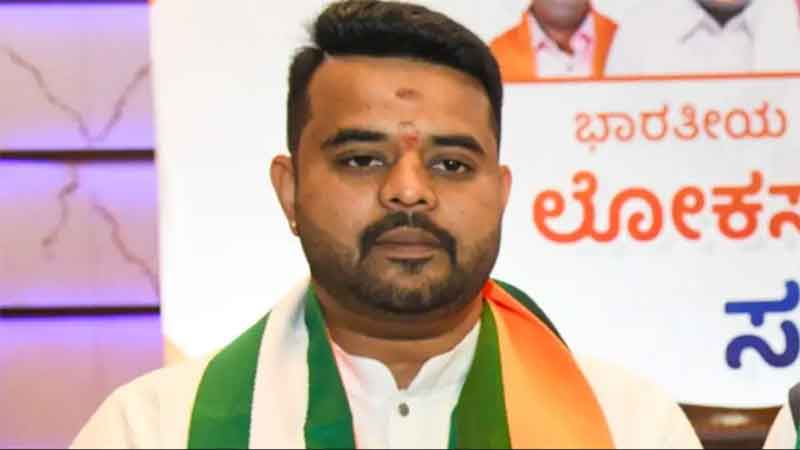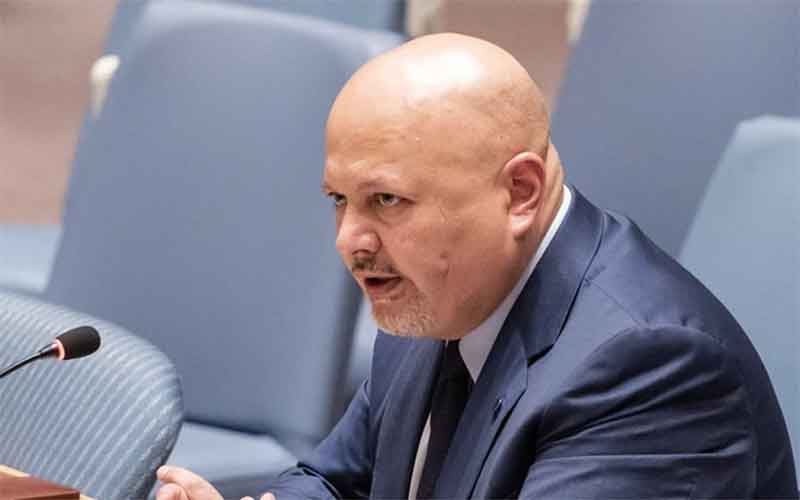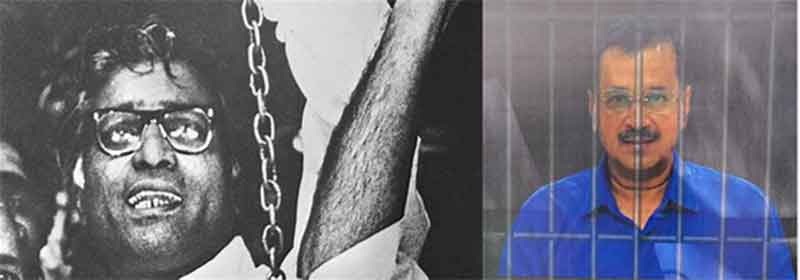
The overwhelming victory for Aam Aadmi Party (AAP) with 62 seats out of 70 in Delhi assembly polls did not surprise the nation as all exit polls already pointed to the absolute majority mark. People proved their ripeness by casting votes for continuing AAP government sideling the other national and emotional assurances promised by BJP as good governance of Delhi government remained tact among the people. Though, BJP did not omit any prospect to portray AAP insensitive and insensible towards national security and sovereignty by setting a narrative like supporter of Tukde-Tukde gang and Shaheenbagh protesters denounced as anti national elements. The voters in Delhi prioritized AAP’s performances of the last five years, discarding communal agenda prevalent in election campaigns as regular exercises of BJP. The top leadership of BJP failed to defy the good governance of AAP as people have been availing a lot of basic facilities tendered to localities in accordance with the promises made in the 2015 election. This piece of writing broadly drew five points of assessment responsible for BJP’s defeat.
National versus local
Despite BJP’s victory in the previous general election with a thumping majority did not turn up the voters in assembly election as people began to understand the relevance of the local issues over the national issues. The electoral battle for Delhi government 2020 rounded up between AAP and BJP with local agendas and national issues respectively keeping Congress aside only as spectator. On hand, BJP tried to sell out its achievements made in the last five years under PM Narendra Modi, on another hand, AAP remained engaged itself to reach out the voters by publicizing the good governance focused on health, education, transportation, social welfare etc. People in Delhi already happen to be an eye witness of the social welfare measures taken by the AAP government, despite of Delhi not having full-fledged statehood status. The way the BJP propagated its election campaigning with idea of nationalism and national security with the purpose of marginalizing the local level issues addressed by the AAP government during last five years acted as hit-wicket for the BJP’s defeat. Muhalla clinics, modernizations of government schools, installation of wifi, freebies for electricity, water and transportation acted as catalyst for accommodating the AAP voters keeping aside the achievements of BJP listed as abrogation of Article 370, CAA 2019, Rammandir etc.
Missing anti-incumbency factor
The performance grade of AAP always stands on top on the basis of a number of surveys and reports conducted independently, leaving the minimum level of scope for criticisms as seventy percents of the promises made in 2015 election proved to be satisfactory. The AAP model of development including health sector and education emerged as a role model for other state governments as there have been outstanding transformations of schools and hospitals. The Muhalla clinic as initiatives towards free and easy accessibility of medical facilities reaching out to every strata of society with minimum government expenditures remained an inspiration and encouragement for other government as well. Following the promises made in 2015, AAP again shocked the opposition parties by introducing doorstep delivery, deployment of security personnel at government buses etc, free treatment for accidental cases etc raising the confidence level among the middle class voters. Overall, the voters of Delhi learned how to advantageously cast their votes in accordance with the assessment of performances of Delhi government or union government.
Arvind Kejriwal Versus Manjor Tiwari
The absence of the BJP’s CM candidate against the dynamic and popular leadership of Arvind Kejriwal also amounted to be another factor for underperformance of the BJP as the sitting C.M. of Delhi always become a front runner for the chief minister post among the voters due to his simplicity and citizen-friendly behavior. Although, the top leadership in the BJP tried to convince the voters by portraying Narendra Modi as a dynamic leader showing his previous five year tenure as stalwart and architect of New India, but ambiguities for the BJP’s chief minister post have been tempting number of the questions.
Violence in Delhi and dubious role of Police
BJP’s defeat to Delhi election may also be hooked up with inefficiency and partiality of Delhi police in controlling the unrest and violence occurred on account of dissent voices against the newly enacted CAA 2019. The credibility of Delhi police has been observed as dubious, qualm and distrusting in coping up the violence occurred at Jamia, JNU and other part of the state criticized of their biased and politically guided functioning as perpetrators of the incident were selectively punished. A large number of masked culprits responsible for JNU’s violence remains free from police radar despite several evidences might be utilized for grounding them.
Backfire of Shaheenbagh issue
The BJP’s campaigning for Delhi election got speeded up in just twenty days making Shaheenbagh protest as an epicenter of polarization so as to accommodate the voters on communal lines emerged as disastrous for the BJP as people in Delhi discarded the emotional campaigning. In order to counter the AAP model of development, BJP launched its campaigning by defaming Shaheenbagh protesters from the top leadership including the PM and Home minister. Later on, many more parliamentarians were deployed in Delhi to defame the Shaheenbagh protesters as anti national making Delhi election a battle ground between nationalism and anti nationalism. The political parties dissenting against the CAA, including AAP and Congress were directly hit out by the BJP as a traitor and conspirator of the nation, inciting the voters to throw Kejriwal out of power from Delhi. Keeping this strategy as a master stroke, the BJP floated an idea of tarnishing the image of the AAP as anti national so as to polarize the voters on nationalist propaganda. Shaheenbagh protest remains only as a legal and peaceful protest against the CAA and nothing to do with any political parties.
Consequences of VVIP hate speech
The way AAP has shown its political ripeness in countering against BJP top leadership’s hate and unparliamentarily speeches delivered during election campaigning played a decisive role for the voters as voters of Delhi are politically aware and sensible enough coming from every part of the country. Such speeches deserved to be highly condemnable in the society which has been missing factor from the BJP strategy resulting in anger and distress among the educated voters of Delhi. Whereas, AAP kept on putting its campaigning and reaching out the people with the perspective of good governance bestowed to the people.
The poll verdict of the Delhi assembly 2020 could be viewed as a foundation stone for the secular and issues based politics as the thumping victory of newly formed AAP over world’s largest political party BJP emerged following the principle of secularism and citizen friendly governance. BJP itself introduced sentimental and emotional agendas with the purposes of maligning the development model of AAP proved as terrible for the BJP.
Dr. Ahmed Raza, Assistant Professor, Author & Columnist,Department of Public Administration, MANUU (a central university), Hyderabad, India
SIGN UP FOR COUNTERCURRENTS DAILY NEWS LETTER










































